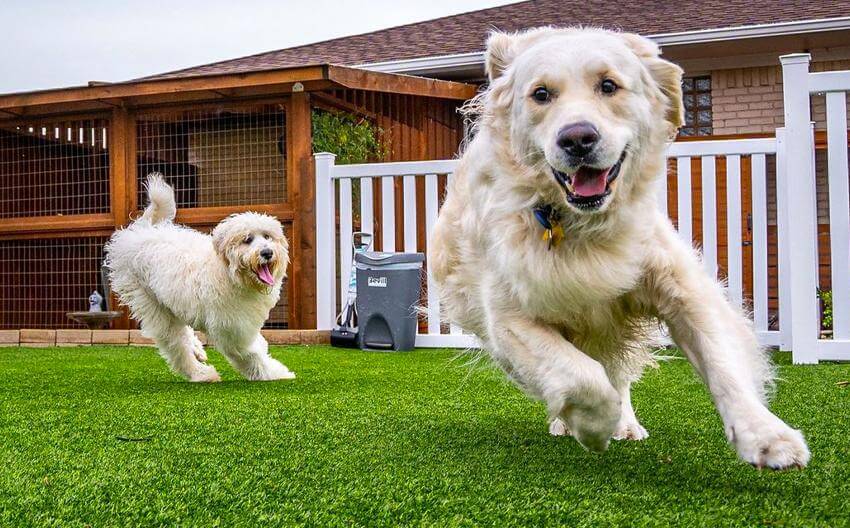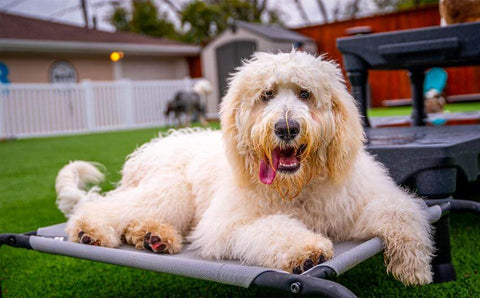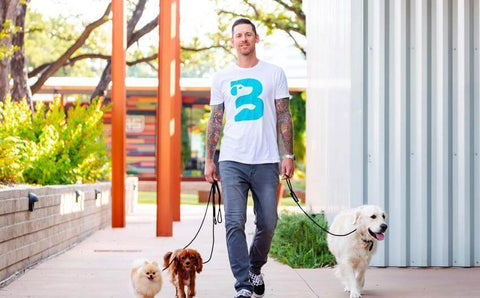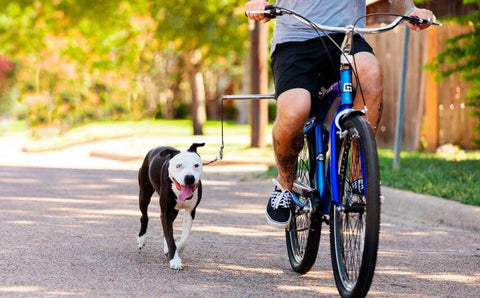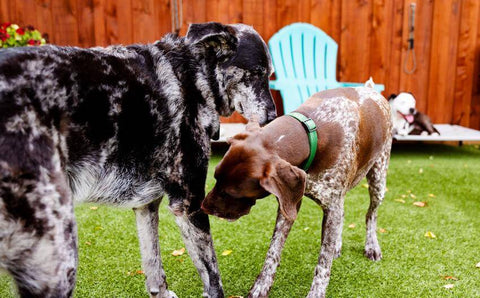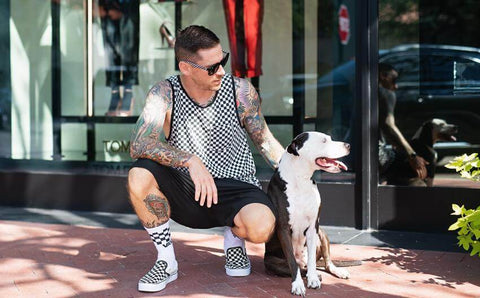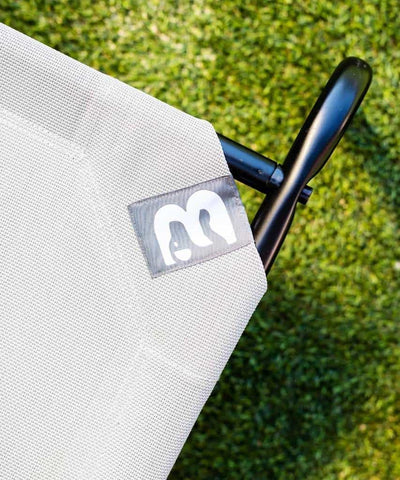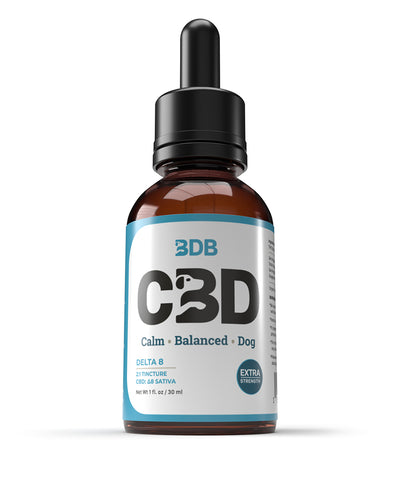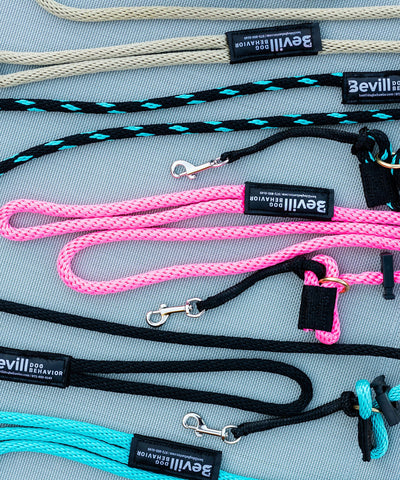Hello and welcome to our Dog Behavior 101 Series!
In this ongoing series we will be walking you through the basics of dog behavior so you can better understand:
- How a happy dog looks
- How a dog’s mind works
- How to communicate with our beloved pets
...and much more! This is your starting point for a happier, more balanced human-dog relationship. We’re so happy you’re here!
Today we’ll be talking about what we’re looking for in a well-behaved dog.
To get things started we’d like to pose a couple of questions:
- What is a trained dog?
- What is a well-behaved dog?
Imagine a dog that can sit, stay, fetch, roll over, play dead, do backflips and drive a car. We would probably say that dog is well trained, correct? Would we also say that they are well-behaved? Not necessarily. Let’s say this same dog does great on leash for a specific handler, but is reactive and tense with another...now how do we feel about the dog’s training/behavior?
Let’s be honest, most people don’t come to a dog trainer because they want their dog to do cool party tricks. Most people come because there is an issue with their dog’s behavior. The issues are widespread, from chewing furniture, jumping on people, barking, whining or even being aggressive, but the underlying cause is always the same: a lack of balance in the human-dog relationship. When that relationship is balanced, all behavioral issues start to naturally disappear.
You can train a dog to do a lot of things, but if the human-dog relationship is out of balance, there will continue to be unwanted behaviors. A “trained” dog can be completely out of control and hyper. Likewise a well-behaved dog might have no idea what sit or play dead means. A balanced human-dog relationship leads to a dog that is fulfilled by their human. A fulfilled dog is a calm, polite being. A fulfilled dog doesn’t chew through couches or pull on a leash. A fulfilled dog is a well-behaved dog. This is balance.
We believe there are 4 components to balance:
- Behavior: how is our dog being?
- Training: what is our dog doing?
- Relationship: the understanding of dog psychology and leadership – and the execution/follow-through on that knowledge
- Management: the process of dealing with or controlling things. This means physically doing something to manage a future outcome/interaction (Leashing, tethering, crating, muzzling, separating, supervising, exercising, etc..)
First and foremost we want to focus on how our dog is being over what they are doing (that comes later). Is our dog sitting calmly, waiting for direction? Or are they sitting, but shaking and a nervous mess?
To that end, a dog isn’t a robot, nor do we want them to be. We want our dogs to look to us for guidance and direction. That’s far more important (especially initially) than whether or not our dogs can balance a treat on their nose. Therein lies the biggest difference between traditional dog “training” and relationship-based behavioral training, which is what we do at Bevill Dog Behavior.
Relationship is the key word here. It’s a two-way street. In relationship-based behavioral training we understand that the human plays an important role in their dog’s behavior. Let’s consider, for example, aggression. If a dog becomes insecure and bites when not advocated for and overwhelmed by rude, invasive humans or dogs, is the dog aggressive? Or has the human failed to live up to their role in the relationship? Are you starting to see the light?
In a balanced relationship a trained dog looks to us for direction and they regularly respond to our direction in a positive manner. A dog won’t look for direction or respond to our requests unless they:
- are fulfilled as animal-dog-breed
- trust our ability to direct and protect
- know all good things come from us
We must fulfill and lead. We must gain Trust, Loyalty, and Respect. Once we do, our dogs can let go and relax – becoming the happy, balanced dogs we want. Remember, this is relationship-based, behavioral training. We don’t deliver robot dogs; we deliver balanced dogs. Understanding that you are responsible for your dog’s behavior is the first step. In the next entry of Dog-Behavior 101 we will dive in deeper into fulfillment, trust and leadership.
For now, we’d like to leave you with this final thought: Good dogs are not trained, they are raised. We look forward to raising good dogs with you.

